DTG and screen printing are two common printing ways to put logos and patterns on clothing.
Today’s post discusses the differences between DTG and screen printing. According to your situation, you can choose the right one to support your business better.
What is DTG printing?
Direct-to-garment is also known as DTG. It starts by uploading images to a computer, and then water-based ink is injected directly into the fibers to form a pattern through an inkjet printer. The whole process is just like printing a pattern on paper with a printer. DTG printing is good quality.
Here is a video showing how we use DTG to print cool, complex designs on T-shirts.
What is screen printing?
Screen printing refers to creating a screen, using a squeegee to push the ink and print the design onto the item. Each color requires a corresponding screen template.
Screen printing is one of the most commonly used printing methods, perfect for a small number of colors and simple designs.
DTG and screen printing examples of Jingsourcing
Jingsourcing has helped many clients to realize their unique ideas on their T-shirts, hoodies, socks, etc. with DTG and screen printing. Their effects are completely different.
DTG inks are blended with the fiber of the garment. So the pattern feels woven into the garment.
While the screen-printed pattern is attached to the surface of the clothes. The patterns are thicker and have an obvious glue-like feeling.
DTG vs screen printing: which is better?
DTG and screen printing have their advantages and disadvantages. Here I explain 7 aspects that are highly concerned by the garment industry.
Cost and MOQ
Screen printing cost consists of the following two parts.
- Plate-making fee. This usually charges from $15 to $70. It varies from the material of the printed object, the size of the printed pattern, and the number of colors.
- The printing labor charge is about $0.30/pcs.
If you are buying more than 500pcs/item, using screen printing is the easiest and cheapest way.
Suppose you want to print a 5 cm logo with two colors on your 1000 shirts by screen printing, and the plate-making charge is $50/plate. The total cost=$50*2+$0.3*1000=$400.
DTG is charged on a printed area (square meter) basis. The number of colors involved in the graphic does not impact the final price. For example, printing a graphic on a T-shirt, the printing fee is all about $1.
In addition, DTG printing can be done in very small MOQ, even for one or two pieces. So it is very suitable for print-on-demand in the market.
Production Time
DTG printing is very suitable for small orders and rush orders, because DTG operation is fast and easy. Screen printing requires screen template making, which is complicated, and affects the speed of production.
But once the screen templates are ready, production can be very fast. Some screen machines can print up to 1,080 pieces per hour. While DTG printers can only handle one piece at a time. So for large orders, screen printing is faster than DTG.
Color and print effects
Screen printing for multiple color patterns requires separate plates and manual color mixing, which can increase costs, so it is not suitable for color-rich pattern printing. Printing results will vary due to mesh clogging, ink viscosity, flash drying temperature, extrusion pressure, placement, and many other factors.
DTG printing can be more colorful, and any color can be printed. There is no limit to the number of colors of the pattern, and can even be more than 100 different colors. And the printed patterns are more colorful, clear, and consistent. For example, you can directly print colorful landscape photos, gradient color patterns, delicate portraits, etc. on clothes with DTG.
Therefore, the patterns of DTG can be more delicate and more colorful than screen printing.
Comfortability
DTG is superior to screen printing on comfort, which is related to their printing process.
The ink of DGT printing is directly into the fabric, thus making it more breathable. Its surface will not have an obvious bulge, and it is very soft.
While the screen-printed pattern is on the surface of clothes. Conventional screen printing will use a layer of ordinary ink, and two layers of ink will be used on dark clothes, including the required background color, so it is thicker.
Fabric and position restrictions
DTG on 100% cotton is preferred. In other fabrics such as polyester, it does not work well. While screen printing can work well on lots of fabrics such as cotton, polyester, denim, etc.
In terms of the printing position, screen printing can print on specially shaped items such as spheres, but DTG can’t do that.
Durability
Screen-printed patterns are more durable than those printed by DTG.
Because DTG is printed by machine, the pattern will fade after many washes and detergent use. This does not mean that DTG printing is not feasible. With proper care, DTG printing can withstand more than 50 washes.
Screen printing is more durable because the ink is thicker, so the garment can be washed frequently. And it is more suitable for printing on garments that require multiple washes (e.g. sportswear) and long storage (e.g. business uniforms).
Environmental protection
DTG is one of the most environmentally friendly printing ways. Because it uses water-based inks, it is biodegradable and does not pollute the environment. Moreover, DTG can precisely control the amount of ink used according to the production volume without causing waste.
Screen printing not only uses polluting inks, but also requires large amounts of water and detergents to remove additives. Besides, rags, empty containers, used films, cardboard boxes, and other used materials have to be discarded, all of which have an impact on the environment.
Conclusion
Generally speaking, if your order is small in volume and complicated in pattern and color, DTG printing is more appropriate.
For large quantities of orders with simple patterns and fewer colors, it is more cost-effective to choose screen printing.
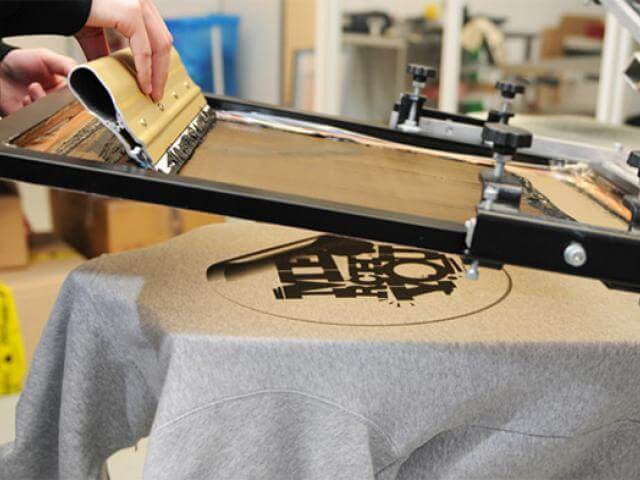
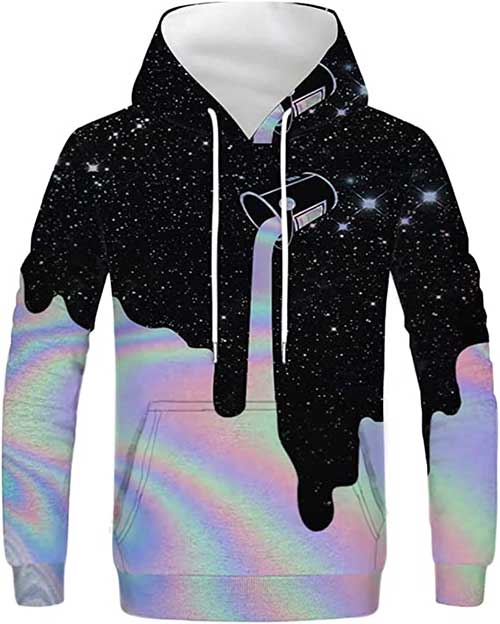
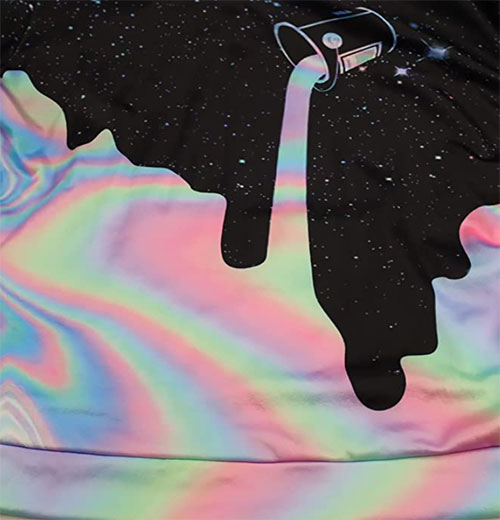
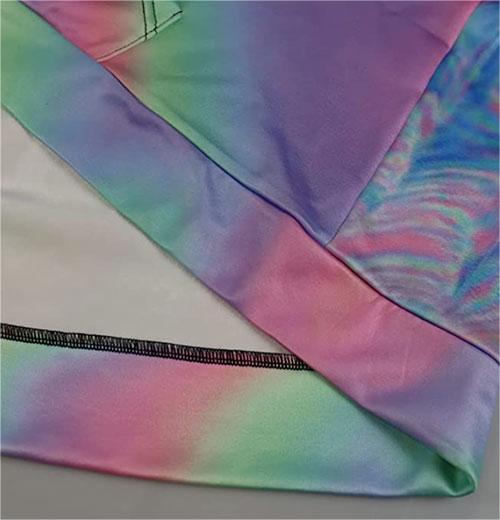
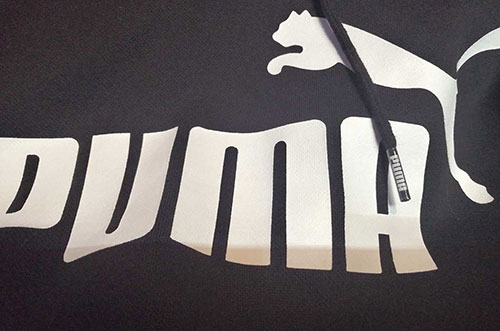
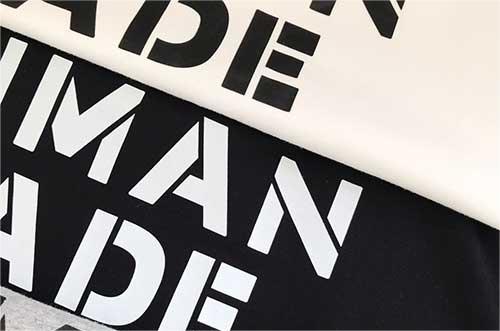

Leave A Comment